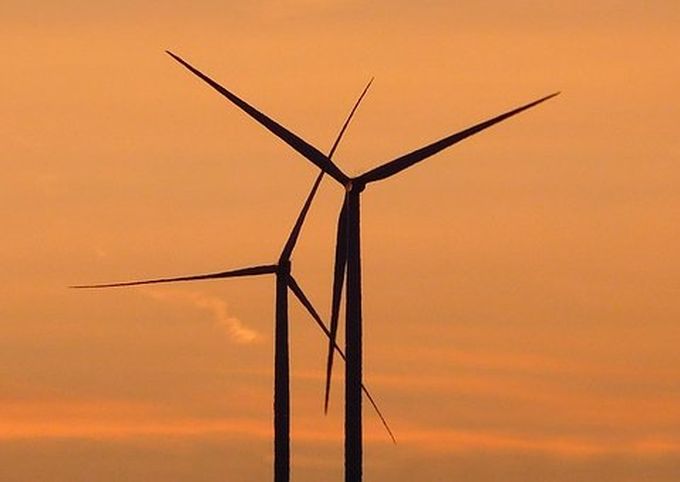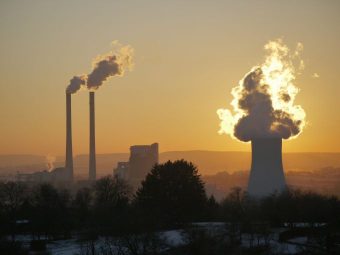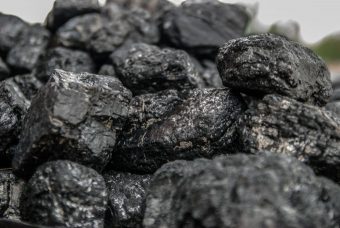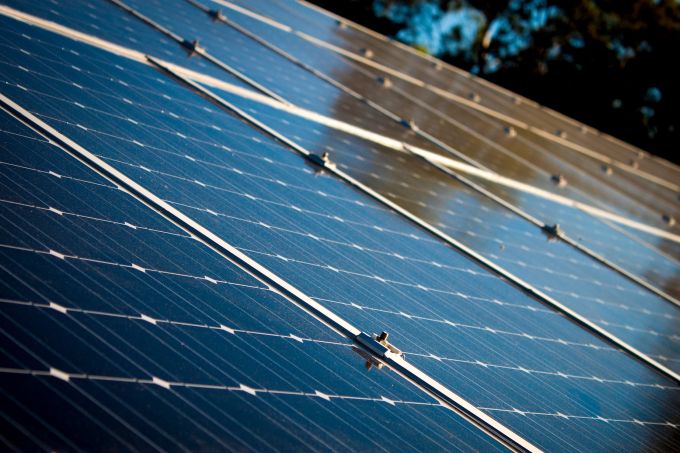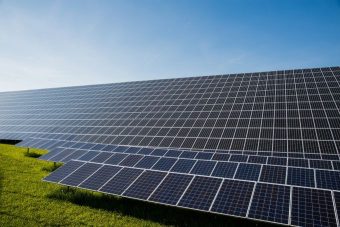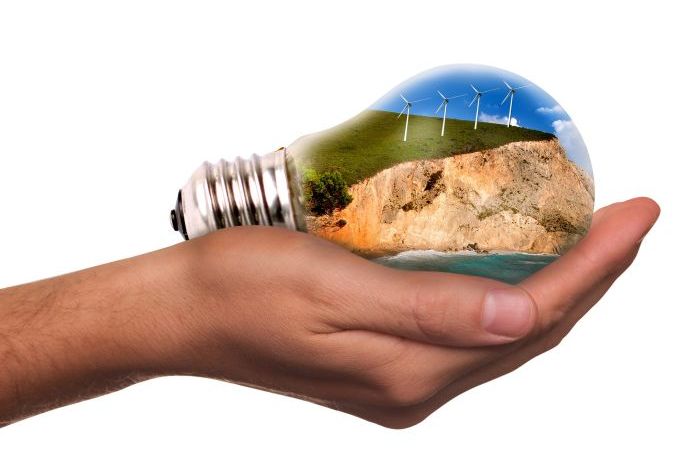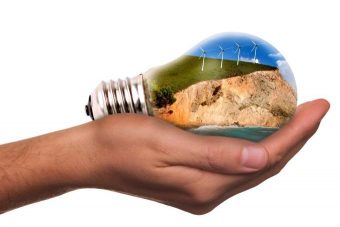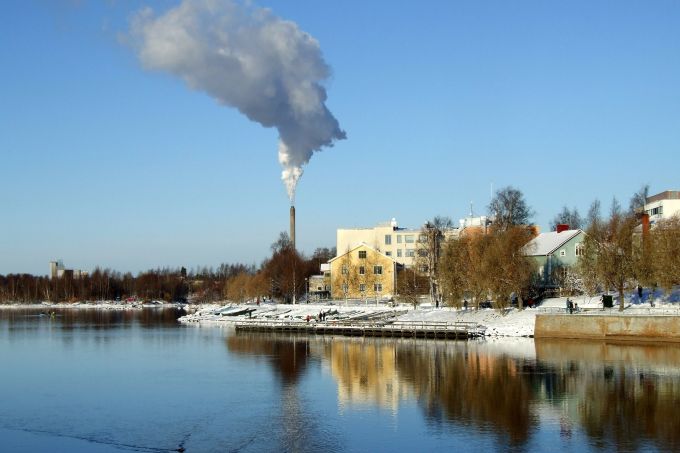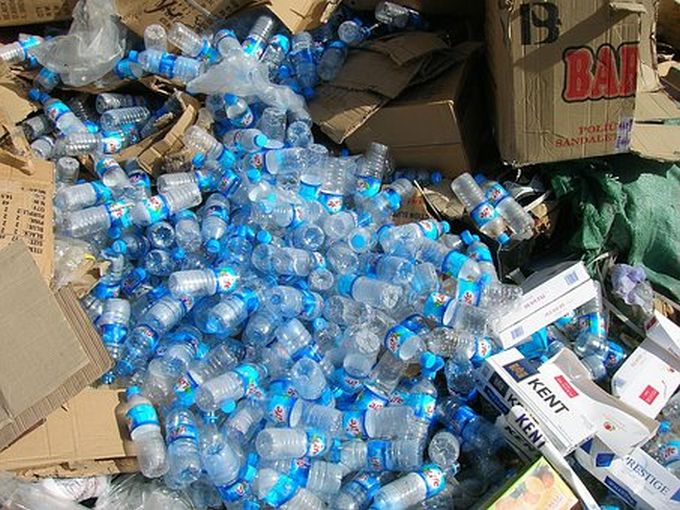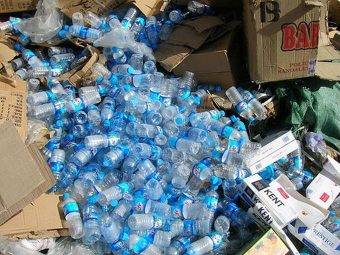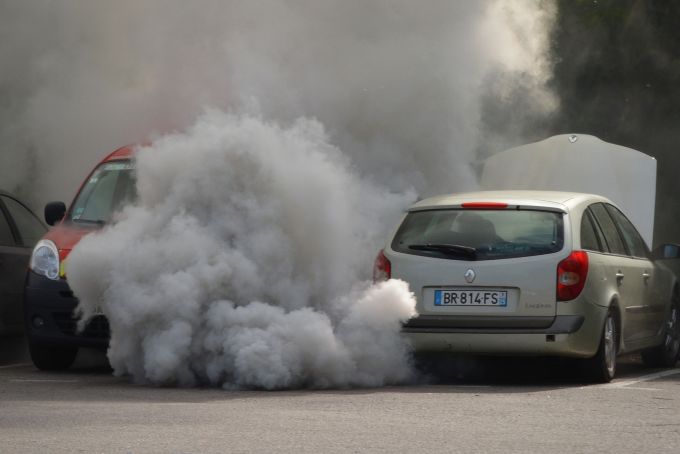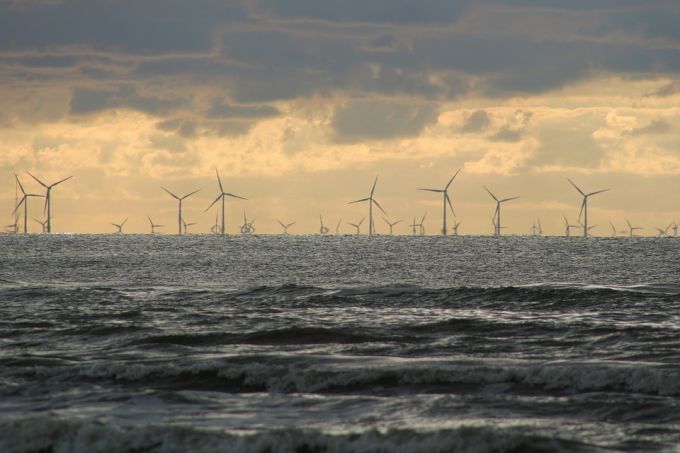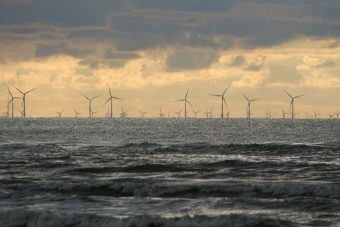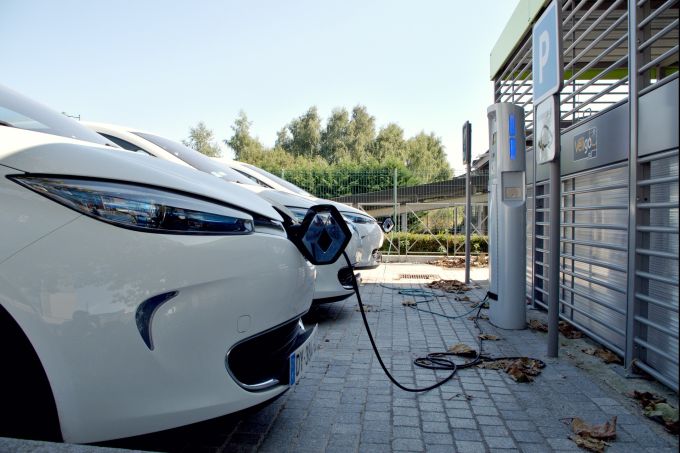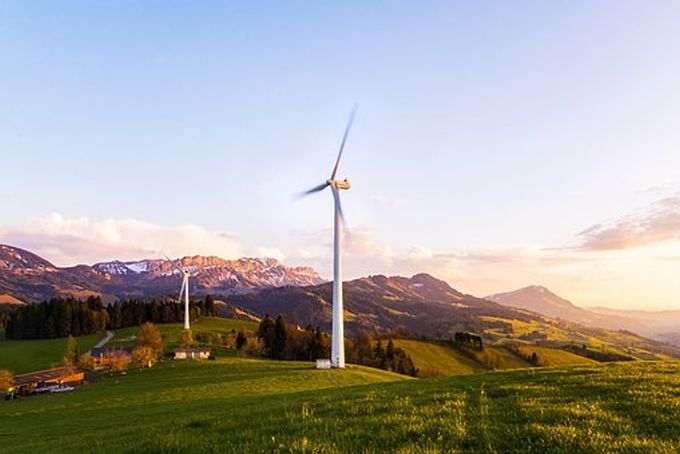
Scotland’s islands are to be brought into a £557m support scheme for renewable energy.
The Western Isles, Orkney and Shetland were previously excluded from bidding in the UK government’s Contracts for Difference auctions.
Under the scheme power generators compete to secure a minimum price guarantee by offering the lowest price they can.
An offshore windfarm in the Moray Firth benefited from a previous auction.
The UK government’s energy minister Richard Harrington said Scotland already had a strong record in renewable energy, and opening up the scheme to remote islands would help the sector develop further.
He said: “We want to go further creating thousands of good jobs and attracting billions of pounds worth of investment.
“That’s why we are ensuring that remote island wind projects in Scotland, which have the potential to benefit the island communities directly, have access to the same funding opportunities as offshore wind in the next renewables auction round.”
The exclusion of Scotland’s islands from previous auctions had provoked anger at Holyrood.
A 2013 report for the UK and Scottish governments concluded that wind projects on the Western Isles, Orkney and Shetland could supply around 3% of the UK’s total electricity demand.
Scottish Secretary David Mundell said: “Wind projects on the remote islands of Scotland have the potential to generate substantial amounts of electricity for the whole of the UK and I am delighted they will have the opportunity to compete in the next round of Contracts for Difference.”
The Moray East offshore wind farm was successful in the last auction, and will provide 950MW of capacity, capable of powering over 950,000 homes.
Commenting on the announcement, Scottish government energy minister Paul Wheelhouse said:
“Renewable technologies have shown they can cut costs dramatically, meeting demand on a grand and affordable scale across the UK. This means that we need opportunities and a route to market for a range of renewable technologies, from onshore and offshore wind to wave and tidal.
“What the industry and investors need more than anything is certainty. So, while today’s news – especially the welcome confirmation regarding the intention to support remote island wind, for which we have long pushed – is an important step, we will need more detail on how these funds will be deployed.
“We will press hard to ensure the right design and flexibility, without which these funds risk failing to do justice to our renewable resources and their potential to create jobs, grow the economy, power our homes and reduce harmful greenhouse gas emissions.”
Source: bbc.com


